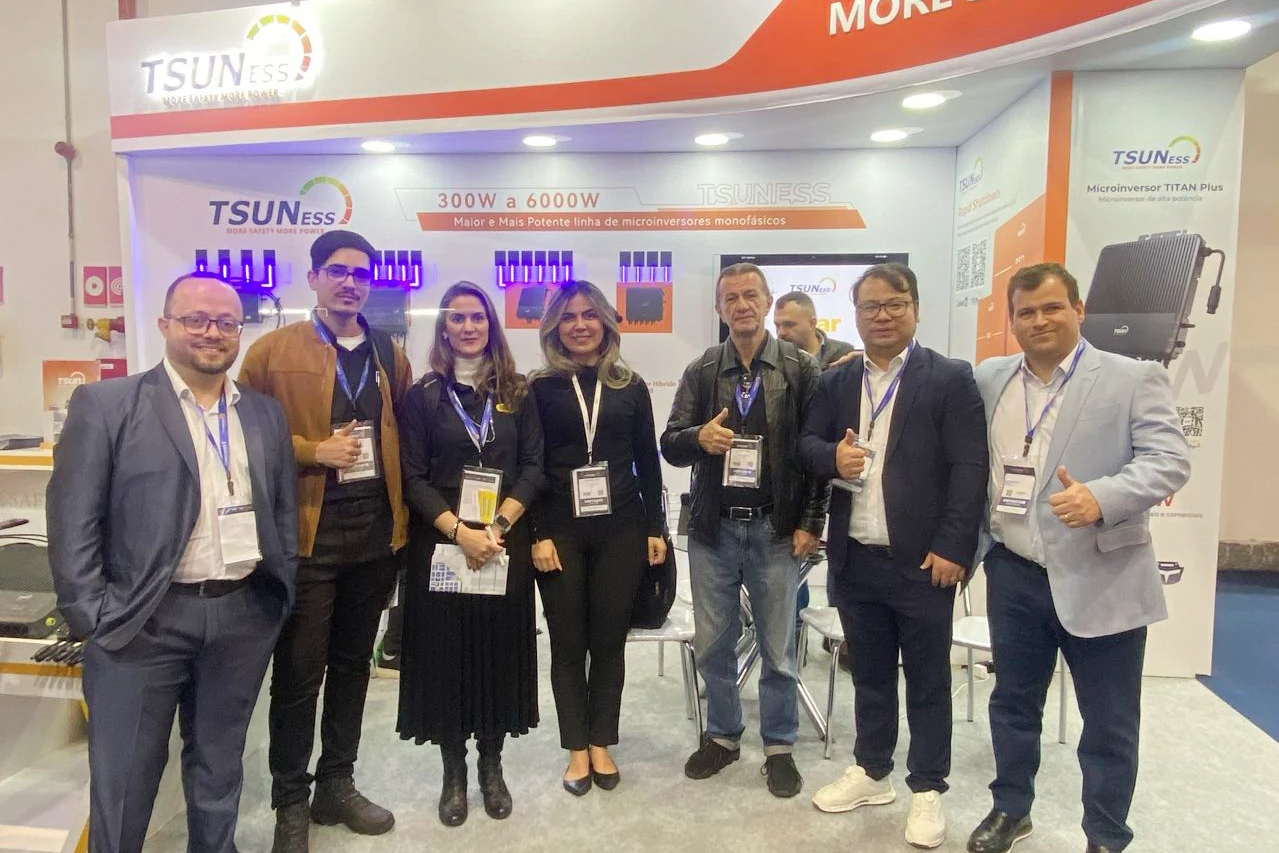Understanding the impact and utility of a 2000W microinverter can revolutionize how homeowners and businesses think about solar energy systems. A microinverter, especially with a capacity of 2000W, plays a critical role in capturing and maximizing solar power efficiency, ensuring that each solar panel operates optimally.

A microinverter, unlike traditional inverters, is a device that converts direct current (DC) generated by a solar panel into alternating current (AC) at the panel level. This approach offers distinct advantages in terms of performance and reliability. In systems employing central or string inverters, shading on one panel can diminish the performance of the entire array. However, a microinverter system mitigates this issue because each panel operates independently, and thus, shading on one does not affect the performance of others.
The 2000W capacity of a microinverter is substantial and indicative of its ability to handle numerous panels, making it ideal for larger installations. This feature is especially beneficial for commercial properties or expansive residential areas looking to maximize their solar output. Moreover, having such capacity translates to an increased ability to harness energy even in variable weather conditions, ensuring consistent energy flow and reducing reliance on the grid.

The real-world application of a 2000W microinverter system can be seen in various settings. Consider a business complex with a vast rooftop space, optimizing their energy consumption.
Installing a series of microinverters allows each set of panels to operate at peak efficiency. Data from real installations show that businesses can reduce their monthly energy costs by as much as 30% by adopting such a system. Over time, the initial investment in 2000W microinverters pays for itself through consistent energy savings and potential earnings from excess energy fed back to the grid.
microinverter 2000w
Expertise in solar technology underscores the importance of pairing high-capacity microinverters with efficient panels. For optimal performance, it’s crucial to select panels with a voltage and current rating that align with the microinverter's specifications. Failure to match these components can lead to underperformance or, in worst-case scenarios, system failure. However, when appropriately matched, the installation can exceed expected energy yields, showcasing the microinverter’s capability to maximize solar input.
Authoritative voices in the solar industry emphasize ongoing maintenance and monitoring, facilitated by modern 2000W microinverters. These devices often include features like real-time monitoring and diagnostics. System owners can track energy production patterns and identify potential issues before they escalate. Advanced microinverters also feature safety mechanisms that prevent electrical overloads, thereby minimizing the risk of damage to the solar array.
The trustworthiness of a 2000W microinverter stems from its proven track record in diverse installations. Manufacturers leading the market in microinverter technology have invested in rigorous testing and quality assurance processes. Buyers are encouraged to seek out models that are UL certified and come with extended warranties for peace of mind. Customer testimonials and case studies further validate the performance claims of these systems, offering potential buyers a glimpse of the savings and reliability experienced by others.
In conclusion, a 2000W microinverter represents a significant advancement in solar technology, offering unparalleled efficiency and resilience. By enabling individual panel optimization, it ensures that solar installations are more reliable and closer to achieving the highest possible energy output. This level of performance not only lowers electrical costs but also contributes to a more sustainable future, aligning with global efforts to reduce carbon emissions and promote renewable energy sources. As individuals and businesses seek to make more informed decisions about solar energy investments, the 2000W microinverter stands out as a critical element of a high-performance system.
 LEARN DETAILS
LEARN DETAILS



